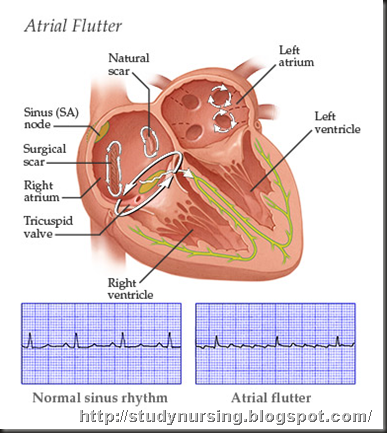

Nobuhiko Isshiki of Kyoto University, Japan, described several types of laryngoplasty including the one that accomplished medialization of the vocal fold and improved glottic closure. 13, 14) Over many decades, the technique has been refined and it has emerged as an essential tool for surgical voice rehabilitation. The ideal surgical treatment would move the vocal fold margin medially so that the mobile vocal fold would meet it without interfering with phonatory vibration of either. As the laryngologists focus on the treatment methods and procedures, the speech language pathologists concentrate on patient behavior and voice quality. In order to achieve optimal function, a team approach is required that provides the patients with both anatomic and technical tools to generate good voice. There are various options available to patients with unilateral VFP to improve their quality of life. 9– 12) Here, we present three cases of Ortner’s syndrome occurring as a sac-like aneurysm of the aortic arch, combined with an intramural thrombus, intramural hematoma of the aortic arch, and a dissection-like giant aneurysm in the aortic arch directed inferiorly. 6– 8) Other reports have suggested that left RLN paralysis can be accompanied by various clinical conditions including left ventricular failure, atrial septum failure, arterial canal persistency, primary pulmonary hypertension, relapsing embolism of the pulmonary artery, left ventricular aneurysm, and various types of aortic aneurysms. 2– 5) Mitral stenosis was the most common underlying illness in the previously described cases of Ortner’s syndrome. This syndrome is currently called as cardiovocal syndrome. 1) After that, various cardiovascular lesions associated with left RLN paralysis have been reported. Ortner first described a case of left VFP due to compression of the recurrent laryngeal nerve (RLN) by a dilated left atrium with mitral valve stenosis. Hoarseness related to a cardiovascular lesion is an unusual presentation. In these patients, the inability to fully close the glottis can result in breathy, unpredictable voices as well as dysphagia and decreased cough strength.

Vocal fold paralysis (VFP) can occur due to various causes including viral infections, brain diseases, and surgical or traumatic injury to the laryngeal nerve. Injection laryngoplasty can be easily performed for achieving proper production of voice in a clinic setting. The possibility of cardiovocal syndrome should be kept in mind in cardiovascular disease patients with hoarseness. All patients received an injection laryngoplasty using hyaluronic acid and their voice was improved after injection laryngoplasty. The causes in these three cases of Ortner’s syndrome were a sac-like aneurysm of the aortic arch combined with an intramural thrombus, an intramural hematoma of the aortic arch, and a dissection-like giant aneurysm in the aortic arch directed inferiorly. We evaluated the cardiovascular abnormalities, status of vocal fold paralysis, and voice outcome after injection laryngoplasty.

#Acapella flutter valve pulmonary embolism series#
A series of three cases of Ortner’s syndrome involving the RLN was collected, and the cases were treated with injection laryngoplasty. Ortner’s syndrome is an uncommon clinical condition characterized by hoarseness caused by recurrent laryngeal nerve (RLN) palsy in cardiovascular illness.


 0 kommentar(er)
0 kommentar(er)
